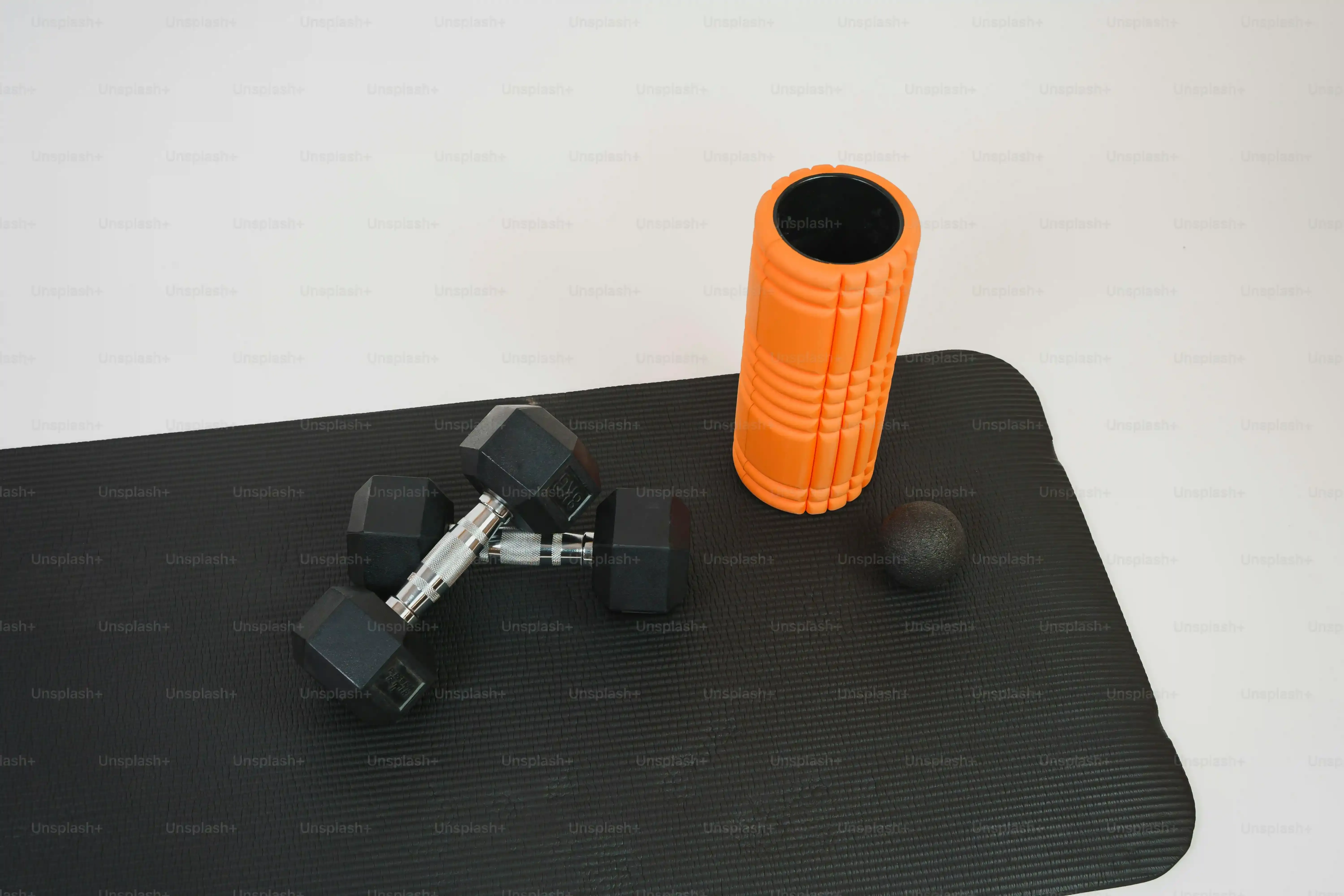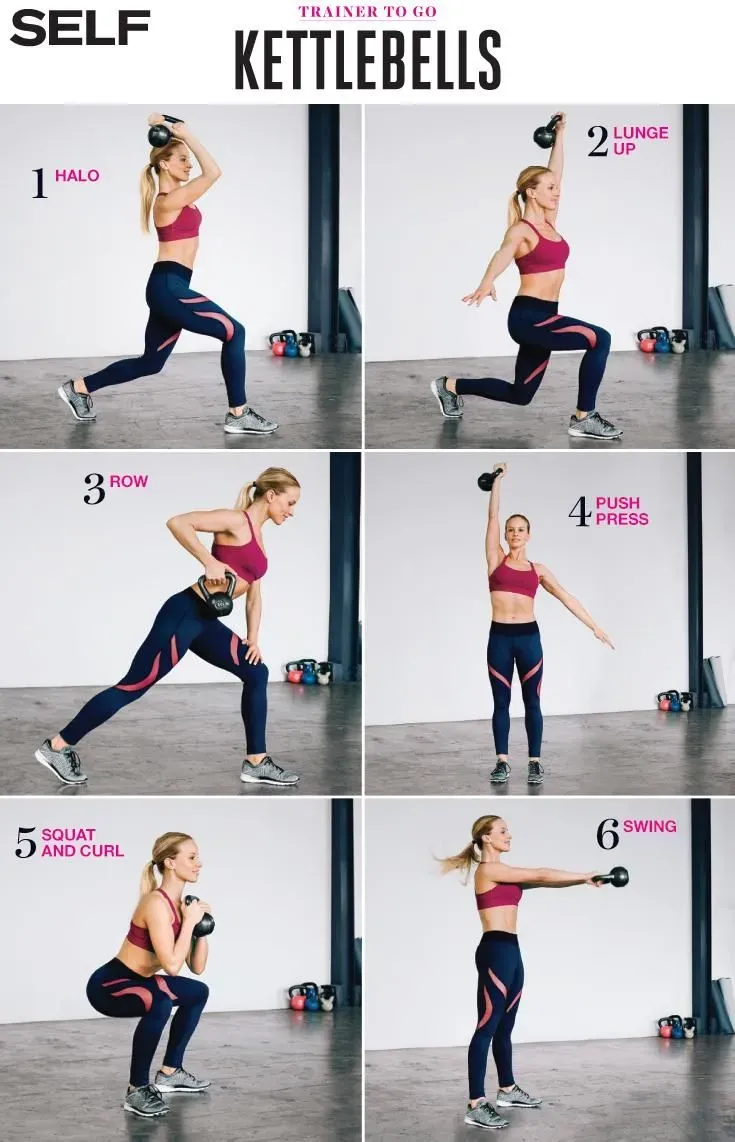Table of Contents
Thinking about building a stronger core? Maybe you've seen kettlebells around the gym or online and wondered if they're just for swinging maniacs. Good news: they're not. For anyone starting out, a well-structured kettlebell core workout beginner routine can be incredibly effective. Forget endless crunches that mostly just annoy your neck. Kettlebells offer a different path, challenging your core in dynamic ways that mimic real-life movement. We're talking about building stability, power, and resilience right at your center. This isn't about getting a six-pack overnight (though that's a potential side effect for some). It's about creating a solid foundation that improves everything from your posture to lifting groceries without groaning. In this article, we'll walk you through why kettlebells are a smart choice for core work as a beginner, how to pick your first bell, crucial safety tips, and break down simple, effective exercises to get you started. Ready to ditch the boring mat work and try something that actually works? Let’s get into it.
Why Try a Kettlebell Core Workout as a Beginner?

Why Try a Kettlebell Core Workout as a Beginner?
Beyond the Ab Crunch Machine
Look, we've all been there. Grinding out endless sets on the ab crunch machine, feeling like you're just bending at the waist. A kettlebell core workout beginner approach is a totally different animal. Instead of isolating one small part of your midsection, kettlebells force your entire core – that's your abs, obliques, lower back, and even glutes – to work together just to control the weight. Think about holding a kettlebell out in front of you; your core has to brace hard to keep you from tipping over. That kind of dynamic stability is what makes a core truly strong and functional, not just sculpted.
Building Real-World Strength
A kettlebell core workout beginner routine isn't just about looking good; it’s about building strength that translates into everyday life. Lifting a heavy bag of dog food, carrying groceries, or even just maintaining good posture while sitting at a desk – your core is involved in all of it. Kettlebell exercises often mimic these natural movements, teaching your core to stabilize and generate power efficiently. It’s less about flexing in the mirror and more about feeling solid and capable when you need it. It’s a smarter way to train your core right from the start.
So, why bother with a kettlebell for your core when you're just starting?
- It works your entire core, not just one muscle group.
- It builds dynamic stability, essential for movement.
- It develops functional strength for daily tasks.
- It can be more engaging than traditional core exercises.
Finding Your First Kettlebell and Staying Safe

Finding Your First Kettlebell and Staying Safe
Picking Your First Bell and Avoiding Disaster
Alright, you're sold on the idea of a kettlebell core workout beginner routine. But walk into a gym or sporting goods store and you're faced with a rack of iron balls in various weights. Which one do you grab? For most beginners, especially women, starting with an 8kg (about 18 lbs) kettlebell is a solid bet. Men might lean towards a 12kg (about 26 lbs). The goal isn't to go heavy right away; it's to learn the movements safely and control the weight, not the other way around. Too heavy too soon is a fast track to pulled muscles or worse. Think of it as learning to dance before you try sprinting. Safety is paramount here. Before you even lift, make sure you have enough space around you – kettlebells swing, and you don't want to hit anything (or anyone). Wear comfortable, non-slip shoes. And please, listen to your body. If something feels sharp or wrong, stop. There's no shame in resting or using a lighter weight.
Still unsure about the right weight?
- For women, consider starting with 8kg.
- For men, 12kg is a common starting point.
- Can you comfortably hold it with good posture?
- Can you perform a basic deadlift motion smoothly?
- When in doubt, go lighter. You can always move up later.
Simple Kettlebell Core Exercises for Beginners

Simple Kettlebell Core Exercises for Beginners
Starting with the Basics: Deadlifts and Squats
so you've got your first kettlebell, maybe that 8kg or 12kg beauty. Don't feel pressured to start swinging it around like a pro just yet. The absolute best way to start your kettlebell core workout beginner journey is with fundamental movements that require your core to stabilize like crazy. The kettlebell deadlift is your friend here. Stand with the kettlebell between your feet, hinge at your hips (like you're trying to touch the wall behind you with your butt), grab the handle, and stand up tall, squeezing your glutes at the top. Your core has to stay rock-solid to keep your spine straight. Same goes for the goblet squat. Hold the kettlebell at your chest with both hands, elbows tucked. Squat down keeping your chest up and back straight. The weight in front of you forces your core to engage hard to prevent you from collapsing forward. These aren't flashy, but they are incredibly effective for building foundational core strength and teaching you how to brace properly.
Adding Movement: Carries and Halos
Once you feel comfortable with static holds and basic lifts, you can introduce movements that challenge your core stability in different ways. The kettlebell carry, specifically the farmer's carry or suitcase carry, is deceptively simple but brutal for your core and grip. Just pick up a kettlebell (or one in each hand for farmer's carry) and walk. Your core has to work hard to counteract the weight pulling you to one side (suitcase carry) or just stabilizing your torso while you move (farmer's carry). Another great beginner move is the kettlebell halo. Hold the kettlebell by the horns (the sides of the handle) at your chest. Slowly circle it around your head, keeping it close. Go both clockwise and counterclockwise. This movement challenges your core's rotational stability and shoulder mobility simultaneously. These simple kettlebell core workout beginner exercises build real-world strength that pays off.
Ready to try these basic core builders?
- Kettlebell Deadlift: Focus on the hip hinge, keep your back straight.
- Kettlebell Goblet Squat: Hold the bell at your chest, chest up, squat deep.
- Kettlebell Suitcase Carry: Hold one bell by your side, walk tall, resist leaning.
- Kettlebell Farmer's Carry: Hold a bell in each hand, walk tall.
- Kettlebell Halo: Circle the bell around your head, keeping it close, move slowly.
Your First Kettlebell Core Workout Routine

Your First Kettlebell Core Workout Routine
Structuring Your Core Session
you know *why* kettlebells are great for core work and you've got a suitable bell. Now, how do you actually put it all together for your first kettlebell core workout beginner session? Don't overcomplicate it. Start simple. Think of it as a warm-up, the core exercises, and then a cool-down. Dedicate maybe 15-20 minutes to the core part initially. You're not trying to set world records; you're building a habit and getting your body used to the movements and the feel of the kettlebell. Consistency beats intensity when you're starting out. Aim for 2-3 times a week, giving your body rest days in between. This allows your muscles to recover and get stronger.
A Sample Beginner Routine
Let's put some of those exercises we talked about into a simple flow for your first kettlebell core workout beginner routine. Start with a few minutes of light cardio or dynamic stretching to warm up. Then, grab your bell. Try this:
- Kettlebell Goblet Squat: 2 sets of 8-10 repetitions. Focus on form, not speed.
- Kettlebell Suitcase Carry: Walk for 30 seconds on one side, then switch hands and walk for 30 seconds on the other. Do 2 sets.
- Kettlebell Halo: 2 sets of 5 circles in each direction (clockwise and counterclockwise). Keep it controlled.
- Kettlebell Deadlift: 2 sets of 8-10 repetitions. Hinge at the hips, stand tall.
Rest for about 60-90 seconds between sets. This isn't meant to exhaust you, but to teach your body how to engage your core under load. Finish with some gentle stretching.
Consistency and Listening to Your Body
Starting a kettlebell core workout beginner program is a marathon, not a sprint. You won't feel like a superhero after one session, and that's perfectly normal. The key is showing up consistently. As you get stronger and more comfortable, you can gradually increase the reps, sets, or the duration of your carries. Eventually, you might progress to a slightly heavier kettlebell. But always, always prioritize form over lifting heavier weight. A wobbly deadlift or a sloppy squat does more harm than good. Pay attention to how your body feels. If something feels off, rest or switch to a bodyweight exercise. Building a strong core with kettlebells is powerful, but it requires patience and respect for the process. Stick with it, and you'll see and feel the difference.
So, What Now? Your Kettlebell Core Journey Begins (Seriously)
Alright, we've laid out the basics for your kettlebell core workout beginner plan. You know why these oddly shaped weights aren't just gym decoration and how to pick one without dropping it on your foot. We've covered a few solid moves that actually work your core in useful ways, not just for show. Building a strong core with a kettlebell isn't magic; it requires showing up and doing the work, even if it's just a few minutes a couple of times a week. Consistency beats sporadic intensity every single time. Don't overthink it. Start light, focus on form, and gradually build from there. Your core will thank you, and maybe, just maybe, lifting those groceries won't feel like a competitive sport anymore. Now go pick up that bell.